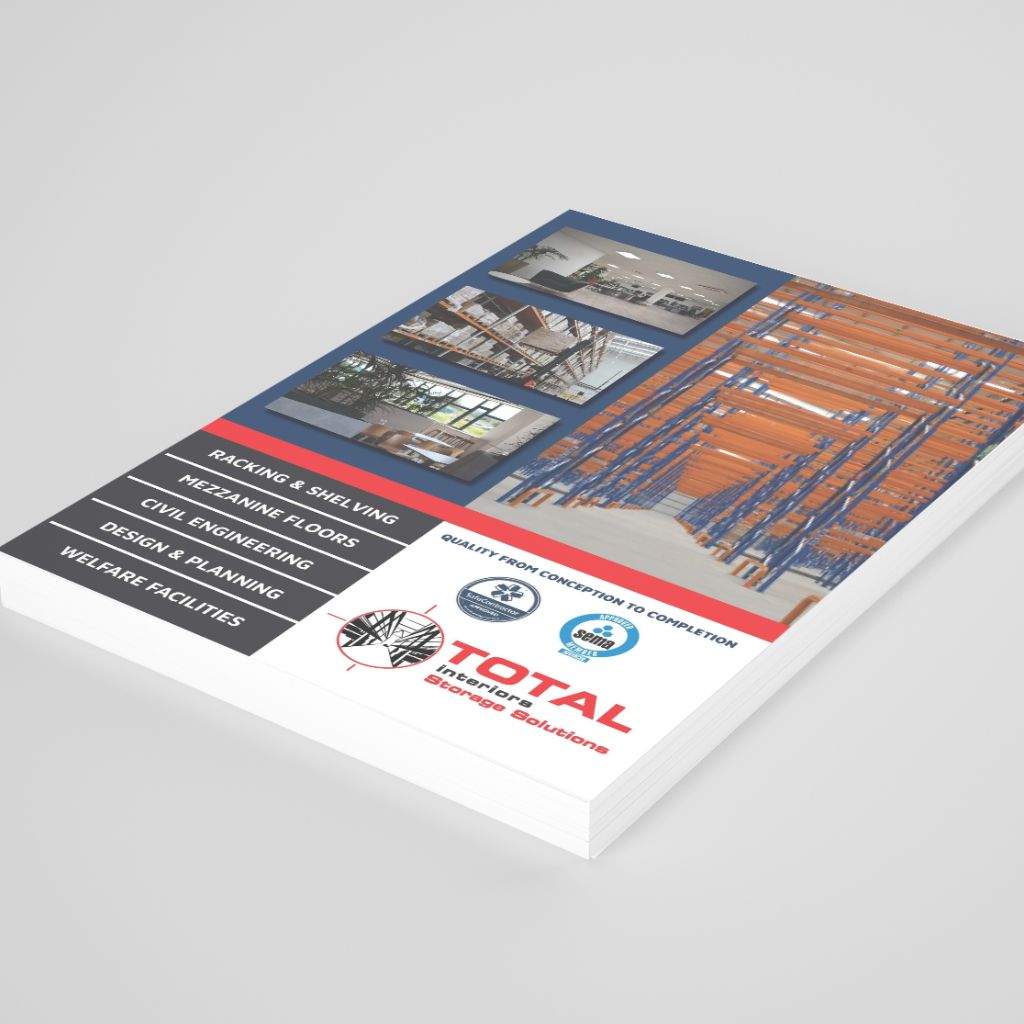The National Museum of the Royal Navy was formed in 2009 to encompass existing museums from around the UK, including sites in Portsmouth, Gosport, Hartlepool, Belfast and Yeovilton. Together they tell the stories of different branches of the Royal Navy throughout history and explore how they link to the modern Royal Navy and its role in the world today.
The National Museum is responsible for the upkeep and maintenance of HMS Victory, the oldest commissioned ship in the world and the last remaining ship of the line from the age of sail. HMS Victory is still a commissioned ship in the Royal Navy, serving as the First Sea Lords Flagship, but is also open to the public allowing them to experience what life was like for a sailor during the late 18th and early 19th century serving under Vice-Admiral Horatio Nelson at the battle of Trafalgar.
In order to conserve HMS Victory and enable her to continue to fulfil these two roles, a 10-year conservation project is being undertaken to replace degraded timber, stabilise historical sections and re-instate the rigging so that she can be appreciated in her full glory for another 50 years.
The work being undertaken requires large quantities of timber, materials and rope, and the associated space to store them. The National Museum has a workshop and storage space within the old ropewalk, the factory where ropes were made for ships like Victory, which provides them with a significant footprint to work with.
Although they have a significant footprint within the old ropewalk, the building itself is Grade 2 listed which limited their options for storage solutions.
The key requirements were to increase storage capacity for timber and elements of Victory’s rigging which need to be conserved before being re-installed.
With timber packs measuring 5m weighing roughly 3.5T and parts of the rigging of a similar weight measuring up to 23m in length the storage and handling solutions needed to be bespoke.
The team had already sourced a Combilift C4000 to take care of the handling of the items and now needed the storage solution to complement it.
As the National Museum is a Public Body, they are bound by the rules of public procurement which means they undertook a comprehensive tender process in order to ensure that they chose the company offering the most commercially beneficial solution to them.
During this process our team at Total Interiors Direct impressed them with our attention to detail, proactive attitude, and combination of friendly and professional approach.
We provided two types of Cantilever Racking:
We also relocated existing Cantilever Racking that was approx. 3000mm from the forklift bay. This was to enable the safe manoeuvres of the new Combilift Truck to take into the neighbouring workshop.
Once the racking was commissioned, the team at NMRN began moving large quantities of timber and rigging elements, that had previously been stored at ground level throughout the spaces, onto the racking.
We spoke with Stuart Sheldon, Lead Rigger at The National Museum and this is what he had to say:
“To rationalise the storage of our timber stocks and rigging elements, we have [now] freed up over 500 square meters of floor space enabling us to better utilise the space for storage of materials, museum collection items and create space for additional works to be undertaken.”
We also asked Stuart, what advice he has to anyone considering a similar style of solution:
“Professional consultation is an invaluable stage in planning your storage solutions, although having a clear idea of the outcome and requirements you want is key, the insights and suggestions gained from consulting the industry professionals ensures that you know the solution you choose will be the best.”
“At every stage of the process we dealt with professional people who were focused on delivering the best solution for us, they were friendly and approachable throughout and were always keen to understand our requirements and work to them…
“The installation team were especially impressive at working around the operations taking place in the workshops and still delivering the install ahead of schedule.”
Anyone wanting to come and see the once in a generation conservation works on HMS Victory or visit any of the other National Museum sites can find details at www.NMRN.org.uk.
If you need expert, professional advice on storage, interiors, or civil engineering solutions, you can contact our team today for a free site consultation.
© 2025 Total Interiors Direct Ltd
